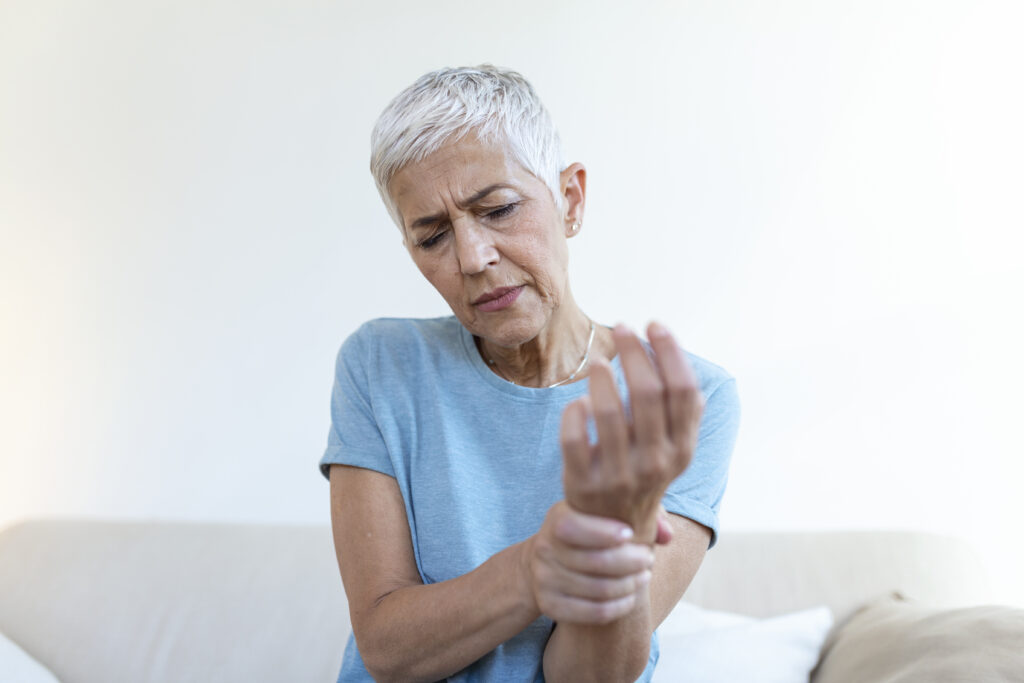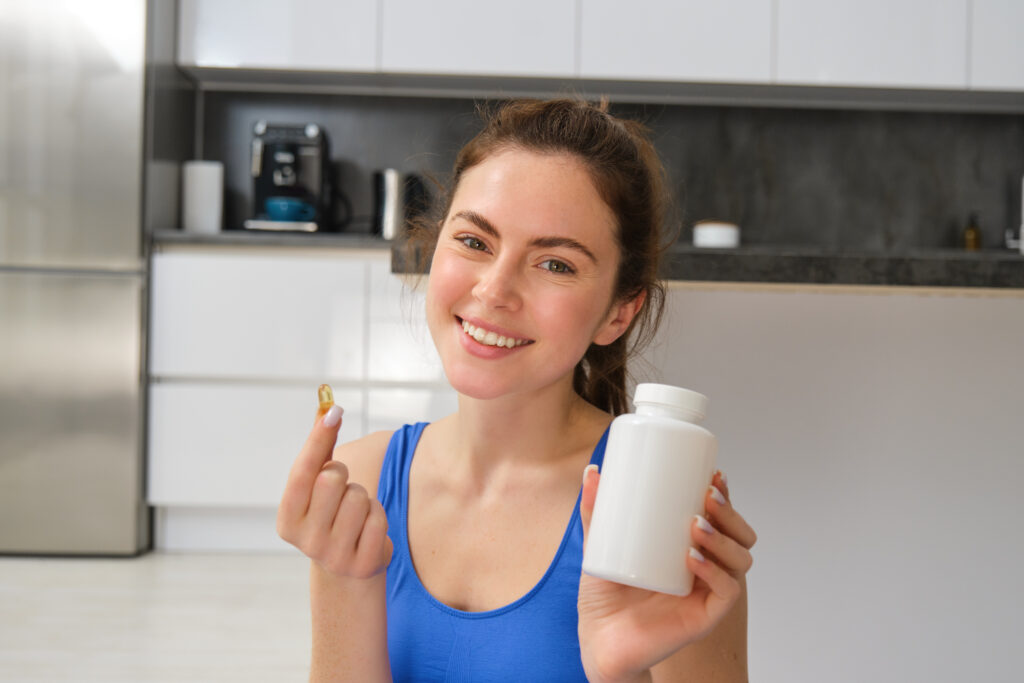Why Joints Hurt As We Age. If you’ve ever stood up from a chair and felt your knees crack, or struggled to open a jar that used to twist with ease, you’re not alone. Joint pain is one of the most common signs of aging, affecting millions of adults worldwide.
But what exactly causes this discomfort? And more importantly — can anything be done to prevent or reverse it?
Let’s explore the science of aging joints, and what you can do right now to maintain mobility and live pain-free.
Why Do Joints Start Hurting As We Get Older?
Aging affects nearly every part of the body — and your joints are no exception. Joints are the flexible connections between bones, supported by cartilage, fluid, ligaments, and surrounding muscles. As we age, multiple factors work against those structures:
1. Cartilage Wears Down
Cartilage is the shock-absorbing tissue between bones. Over time, this tissue begins to thin or become damaged due to years of motion, micro-tears, or inflammation. This can lead to a condition called osteoarthritis, where bones rub against each other, causing pain and stiffness.
2. Synovial Fluid Decreases
Synovial fluid is your joint’s natural lubricant — but production slows with age. Less fluid means less cushion, resulting in friction, grinding, and discomfort during movement.
3. Collagen Levels Drop
After the age of 30, collagen — the protein that supports skin, joints, and bones — begins to decline by about 1% per year. That drop affects joint elasticity and flexibility, leading to more stiffness and slower recovery.
4. Inflammation Increases
With aging comes an increase in low-grade, chronic inflammation — known as inflammaging. This contributes to joint swelling, pain, and damage at a cellular level.
Common Signs Your Joints Are Aging
If you’ve noticed any of the following, your joints might be under stress:
- Morning stiffness lasting more than 30 minutes
- Joint pain that worsens after activity
- Clicking, popping, or grinding sounds
- Reduced range of motion or flexibility
- Swelling, especially in the knees or hands
How to Support Joint Health Naturally
While aging is inevitable, joint deterioration doesn’t have to be. The key is prevention — and there’s plenty you can do to stay mobile, strong, and pain-free well into your later years.
1. Prioritize Movement
Staying active keeps joints lubricated and maintains range of motion. Low-impact exercises like swimming, walking, and yoga are joint-friendly and reduce stiffness.
Pro Tip: Just 20–30 minutes a day of movement can improve synovial fluid production.
2. Eat Joint-Friendly Foods
Diet can directly impact joint health. Focus on anti-inflammatory foods like:
- Omega-3s (salmon, walnuts)
- Colorful vegetables (spinach, bell peppers)
- Berries and citrus fruits (rich in antioxidants)
- Bone broth or collagen-rich soups
Avoid processed foods, sugar, and excessive alcohol — they can all increase inflammation.
3. Maintain a Healthy Weight
Extra pounds increase the pressure on your joints — especially knees, hips, and lower back. Every 1 pound of weight loss can reduce 4 pounds of pressure on your joints.
4. Use Natural Supplements
Supplements can help fill the gaps that diet and lifestyle can’t cover alone. Look for formulas that:
- Replenish hyaluronic acid for joint hydration
- Include Boswellia, turmeric, or ginger to reduce inflammation
- Contain collagen or MSM to support tissue repair
We recommend [Joint Genesis] as one of the most science-backed formulas for adults over 40.
What About Over-the-Counter Pain Relievers?
Painkillers like ibuprofen or acetaminophen can provide temporary relief — but they don’t address the root cause, and long-term use can cause side effects (like stomach issues or kidney strain).
That’s why many adults are turning to natural alternatives that support joint health from the inside out, not just mask the pain.
Joint Health in Your 40s, 50s, and Beyond: What to Expect
In Your 40s:
You may start noticing minor stiffness, especially after long periods of sitting or intense activity. This is the best time to start preventative care.
In Your 50s:
Cartilage loss begins to accelerate. You might experience more consistent pain or trouble with high-impact movements like jogging or jumping.
In Your 60s and Beyond:
Joint degeneration becomes more common. Supplements, stretching, and maintaining an active lifestyle become critical to staying mobile and avoiding surgery.
Final Thoughts – You’re Not Helpless Against Joint Pain
Aging doesn’t have to mean giving up the things you love — whether it’s gardening, hiking, or simply walking up the stairs pain-free.
By understanding why joints break down and taking the right steps early on, you can reduce discomfort, improve flexibility, and stay active for years to come.
👉 Want a science-backed formula designed to support aging joints?
Click here to read our full Joint Genesis review →

